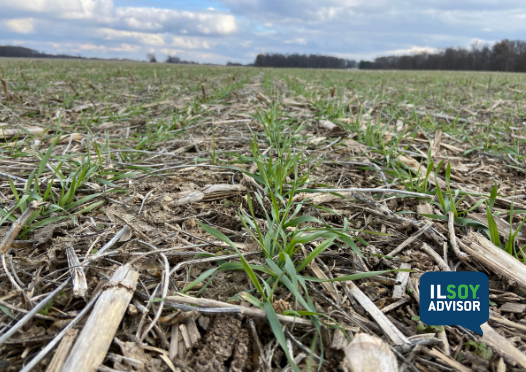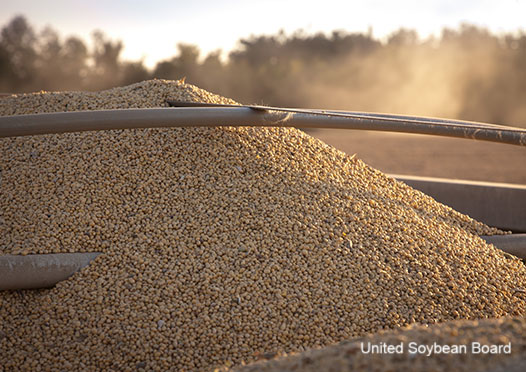ILSOYADVISOR POST
Disease Management: FAQs on ILeVO
ILeVO® is another solution for controlling Sudden Death Syndrome. It joins rotation, variety tolerance, drainage and delayed planting as another management option and growers are asking what it is and how it works.
What is ILeVO? ILeVO seed treatment is a soybean seed-applied fungicide that provides protection from Sudden Death Syndrome (SDS), as well as providing additional control of Soybean Cyst nematode (SCN) in the root zone.
Is ILeVO applied alone? ILeVO is a supplemental fungicide applied to control SDS and provide additional control of SCN. It joins a suite of other important seed treatments including fungicides, insecticides and VOTiVO® for SCN.
How does ILeVO work? Fluopyram, the active ingredient in ILeVO, is absorbed into the germinating seed and moves systemically into the soybean seedling’s roots, cotyledons and unifoliate leaves. Fluopyram provides protection from Sudden Death Syndrome, a disease that is found in most Illinois soils. Besides providing protection from SDS, it also acts as a nematicide for controlling SCN and other nematodes that feed on roots. These feeding “wounds” allow Fusarium virguliforme, the causal agent of soybean Sudden Death Syndrome, to enter the roots. This early nematicidal activity is important because research has shown that the most common source of in-plant SCN resistance, the PI88788 event, is beginning to become less effective in controlling SCN.
Does ILeVO work on any other fungal diseases? While ILeVO provides protection against 2 of the top 4 yield robbers in soybeans (SCN and SDS), it doesn’t replace other seed treatment fungicides that protect against Rhizoctonia, Phytophthora, and Pythium, which are also major problems in most Illinois soils.
How can I tell ILeVO is working? As the ILeVO-treated seedling emerges and is exposed to sunlight, the edge of the cotyledons (VC stage) will show a yellowing color that appears as a “Halo.” This Halo effect is a reaction to a very high concentration of ILeVO in the perimeter cells of the cotyledon and indicates that the seedling is now protected. It is not seen in the unifoliate (V1) or first trifoliate (V2) stages. The Halo effect is a cosmetic indicator and doesn’t affected stand counts or seedling vigor, it is just the soybean plants’ reaction to fluopyram.
ILeVO Works! A 4-year university study was conducted with ILeVO. The results were analyzed based on SDS disease incidence. According to the graph below, the higher the SDS disease incidence, the greater the yield response to ILeVO. However, even under no SDS disease incidence, there was enough yield response to pay for the product.

Eric Ifft has been an agronomist with Bayer CropScience since 2008.






Comments
Add new comment